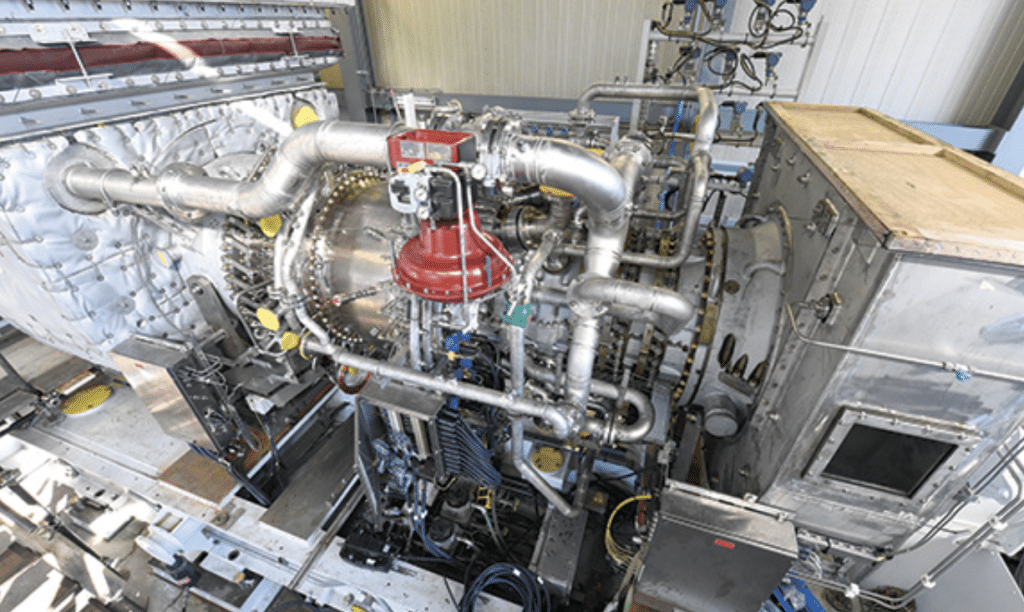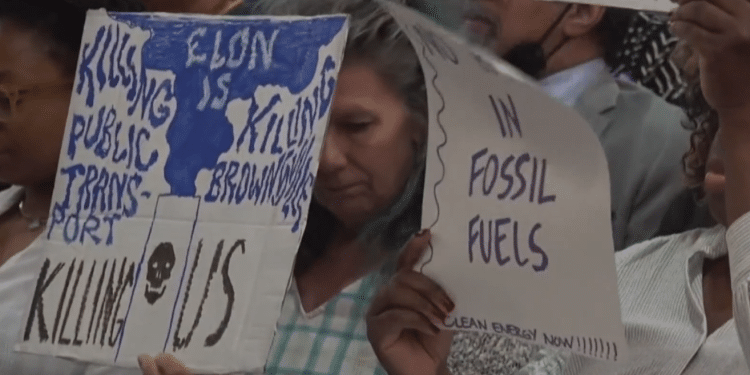XAI’s Whirlwind Empire: The Turbine Takeover of Memphis
Editorial By Staff Writer Lisel B
There’s a hum in the air over Memphis—not the blues, not the buzz of streetcars, but a low, persistent growl: the sound of XAI’s turbine generators working overtime to “greenwash” their way into the history books
Billed as a beacon of sustainable innovation, XAI’s turbine initiative promised clean energy for generations. What the press releases failed to mention, however, was that the air wasn’t the only thing getting cleaned—so was XAI’s image. Memphis, a city that already grapples with environmental inequalities, has become the unwitting testing ground for a corporation’s corporate redemption arc disguised as renewable progress.

At first, residents were seduced by the promise of clean power and job opportunities. The turbines, shaped like something between a Dyson vacuum and a postmodern art installation, were hailed as symbols of transformation. But soon, Memphis began to feel less like a city and more like a machine—spinning, grinding, and cloaked in turbine-induced fog.
Reports of increased air particulates, ground vibrations damaging property foundations, and a noticeable uptick in respiratory issues have emerged. XAI insists the data is “inconclusive,” though the company’s own environmental impact studies remain under lock and key—redacted, censored, or simply “misplaced.”
It’s a curious thing, isn’t it? A so-called green project that requires NDAs from turbine technicians and silences whistleblowers with iron-clad arbitration clauses. Memphis didn’t just get turbines—they got turbine surveillance, turbine secrecy, and a corporate PR war chest masquerading as community engagement.
The irony is almost poetic. In trying to escape fossil fuels, Memphis may have traded one form of exploitation for another. The city’s marginalized communities—already closer to chemical plants, rail depots, and Superfund sites—now host the majority of turbine installations. Coincidence? XAI’s demographic siting strategy would argue yes. The data, on the other hand, suggests otherwise.
And still, city officials continue cutting ribbons at turbine launch events, gripping gold-plated scissors like they don’t hear the wheeze in the crowd’s lungs. Tax breaks flow like Mississippi River runoff, while critics are dismissed as Luddites standing in the way of progress.
But what kind of progress demands silence? What kind of innovation thrives on opacity? XAI’s turbines are spinning, yes—but so is the narrative. And it’s moving fast enough to whip up a dust storm of disinformation.

Environmental activists have started calling the affected zone “The Windburn Belt.” The name may not stick, but the damage might. Soil tests in Shelby County show unusual traces of synthetic lubricants and heavy metals, and yet no public health alert has been issued. Officials urge calm, reassuring citizens with phrases like “within permissible levels” and “temporary anomaly,” while issuing no comment on whose levels, or whose timeline.
If XAI’s goal was to generate power, they’ve certainly succeeded—but not just the electric kind. They’ve generated political power, media inertia, and a quiet dread that has settled across Memphis like turbine mist. This isn’t innovation—it’s industrial cosplay, dressed up as salvation and sold with a PowerPoint deck.
The people of Memphis deserve better than to be pawns in a tech company’s chess game of reputational laundering. Energy transformation should lift communities, not layer them under the weight of industrial noise and regulatory neglect.
It’s time to ask: who benefits from the turbines, and who’s breathing in the fallout? Because until the people driving policy live within earshot of those spinning towers, Memphis remains caught in the whirlwind—and no one’s reaching for the off switch
More to come on the issue! Another Misleading Issue Below





